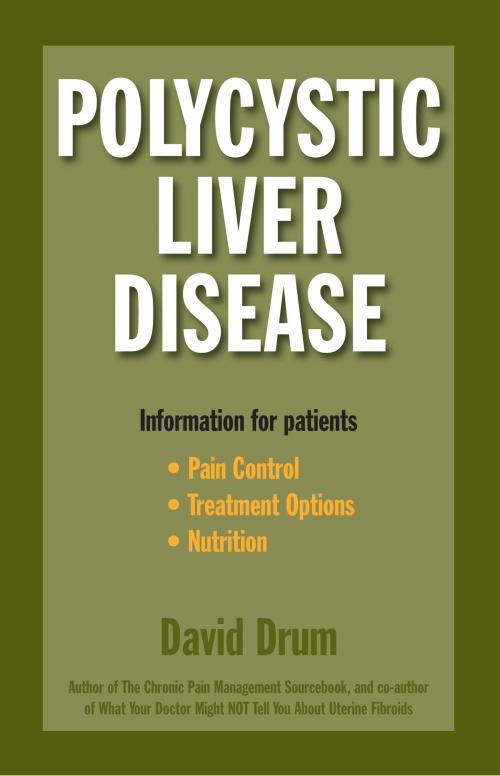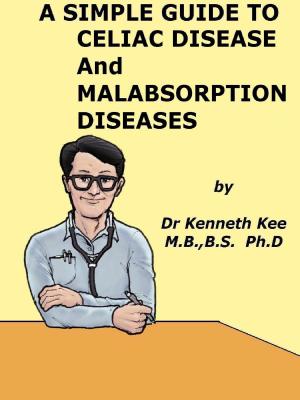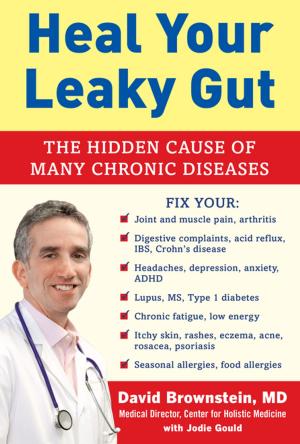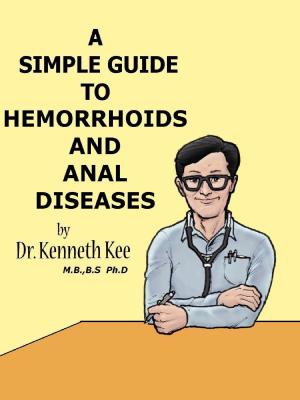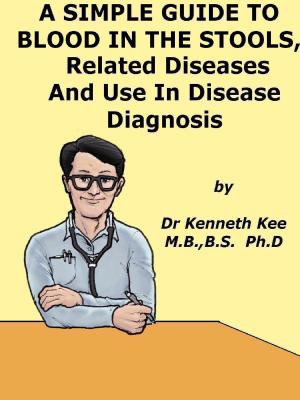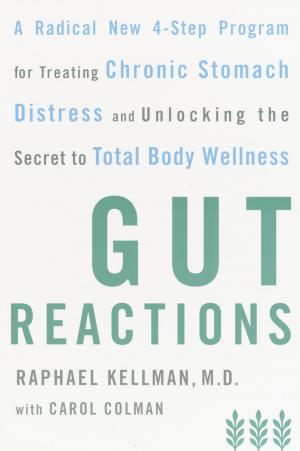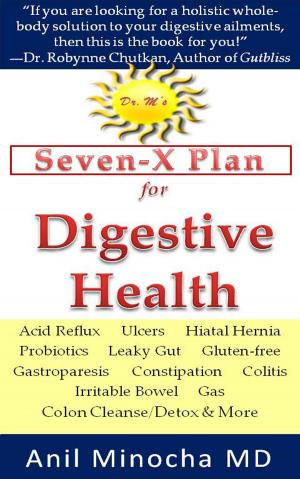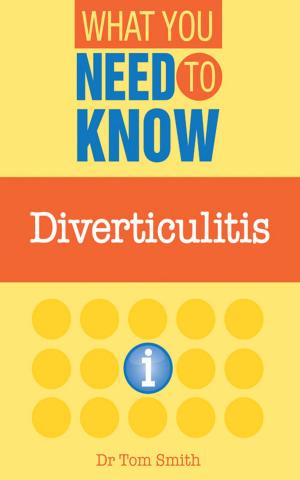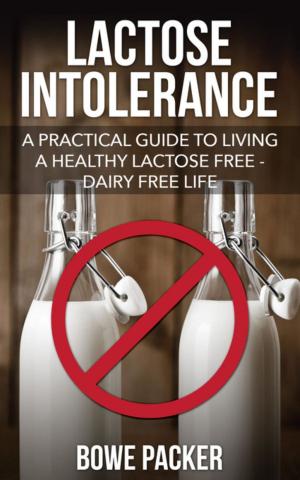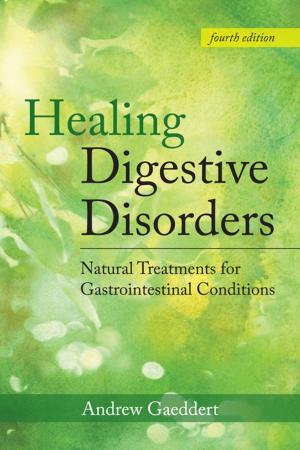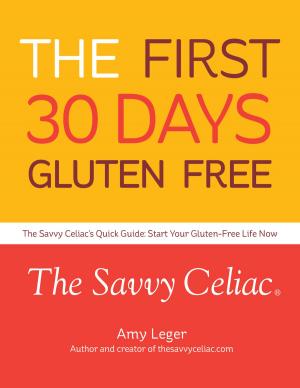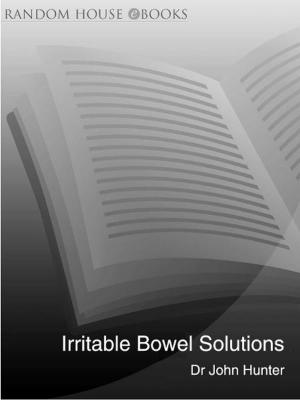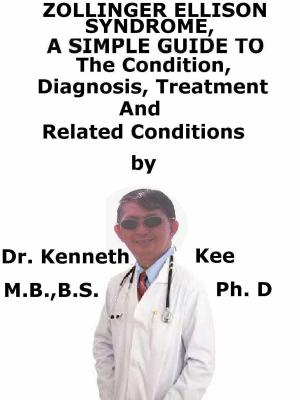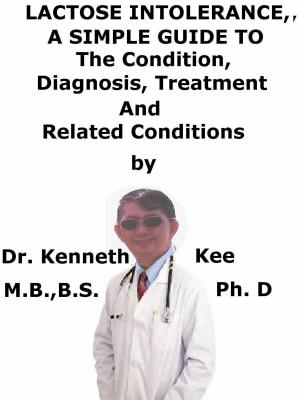Polycystic Liver Disease: Information for Patients
Nonfiction, Health & Well Being, Health, Ailments & Diseases, Abdominal| Author: | David Drum | ISBN: | 9780991185702 |
| Publisher: | David Drum | Publication: | November 27, 2013 |
| Imprint: | Smashwords Edition | Language: | English |
| Author: | David Drum |
| ISBN: | 9780991185702 |
| Publisher: | David Drum |
| Publication: | November 27, 2013 |
| Imprint: | Smashwords Edition |
| Language: | English |
Polycystic liver disease is a rare disease involving multiple cysts on the liver. Less than 200,000 people in the United States have it, and most of them are women. Polycystic Liver Disease: Information for Patients contains basic medical information for people who wish to learn more about this rare disease.
When the daughter of medical journalist David Drum was diagnosed with polycystic liver disease, he began looking for information about this relatively rare disease. He found precious little basic information for patients, and none available in book form. After doing a great deal of research to help his daughter manage her disease, Drum condensed the information he found into this short, informative book.
The first book of its type, Polycystic Liver Disease: Information for Patients includes useful information on diet, herbs, and lifestyle. It examines the origins of the disease, risk factors, the important role of the liver in the body, the formation of cysts, and treatments for the most common symptoms including the symptom of pain.
Of particular interest is a survey of the five major treatments used to treat symptomatic polycystic liver disease. Although the disease is not life-threatening, for one out of five patients, an invasive treatment or surgery may ultimately be necessary. Drum provides objective information on each of these treatments, and examines the benefits, drawbacks, and possible complications for each.
Polycystic Liver Disease surveys the new drugs of potential benefit now undergoing clinical trials, and other new treatments such as hepatic artery embolization. The book includes a survey of medical tests which may be employed by your doctor, a list of useful web sites, a glossary, and a bibliography of sources.
The author recently received a nice note from a lady across the Atlantic. The note is reprinted here with her generous permission:
"Hi there,
I just wanted to write and say thank you so much for the information you have provided in your book on polycystic liver and kidney disease. I have just finished reading it and I feel much more informed and knowledgeable about this condition.
I was diagnosed with polycystic liver and kidney disease last year and underwent de-roofing surgery. I have had a difficult recovery, with limited improvement to pain and bloating, and I am getting nowhere with my specialist. I feel that I now have relevant questions to ask, and that I am armed with more knowledge about my condition, which will benefit future discussions. Your book covered everything and more and has really helped me understand the condition and why certain things affect me. I feel that I can continue discussions with my specialist with more understanding and I now have more appropriate questions for him. I am so grateful.
With kind regards,
Louise F. - Aberdeen, Scotland"
Polycystic liver disease is a rare disease involving multiple cysts on the liver. Less than 200,000 people in the United States have it, and most of them are women. Polycystic Liver Disease: Information for Patients contains basic medical information for people who wish to learn more about this rare disease.
When the daughter of medical journalist David Drum was diagnosed with polycystic liver disease, he began looking for information about this relatively rare disease. He found precious little basic information for patients, and none available in book form. After doing a great deal of research to help his daughter manage her disease, Drum condensed the information he found into this short, informative book.
The first book of its type, Polycystic Liver Disease: Information for Patients includes useful information on diet, herbs, and lifestyle. It examines the origins of the disease, risk factors, the important role of the liver in the body, the formation of cysts, and treatments for the most common symptoms including the symptom of pain.
Of particular interest is a survey of the five major treatments used to treat symptomatic polycystic liver disease. Although the disease is not life-threatening, for one out of five patients, an invasive treatment or surgery may ultimately be necessary. Drum provides objective information on each of these treatments, and examines the benefits, drawbacks, and possible complications for each.
Polycystic Liver Disease surveys the new drugs of potential benefit now undergoing clinical trials, and other new treatments such as hepatic artery embolization. The book includes a survey of medical tests which may be employed by your doctor, a list of useful web sites, a glossary, and a bibliography of sources.
The author recently received a nice note from a lady across the Atlantic. The note is reprinted here with her generous permission:
"Hi there,
I just wanted to write and say thank you so much for the information you have provided in your book on polycystic liver and kidney disease. I have just finished reading it and I feel much more informed and knowledgeable about this condition.
I was diagnosed with polycystic liver and kidney disease last year and underwent de-roofing surgery. I have had a difficult recovery, with limited improvement to pain and bloating, and I am getting nowhere with my specialist. I feel that I now have relevant questions to ask, and that I am armed with more knowledge about my condition, which will benefit future discussions. Your book covered everything and more and has really helped me understand the condition and why certain things affect me. I feel that I can continue discussions with my specialist with more understanding and I now have more appropriate questions for him. I am so grateful.
With kind regards,
Louise F. - Aberdeen, Scotland"
